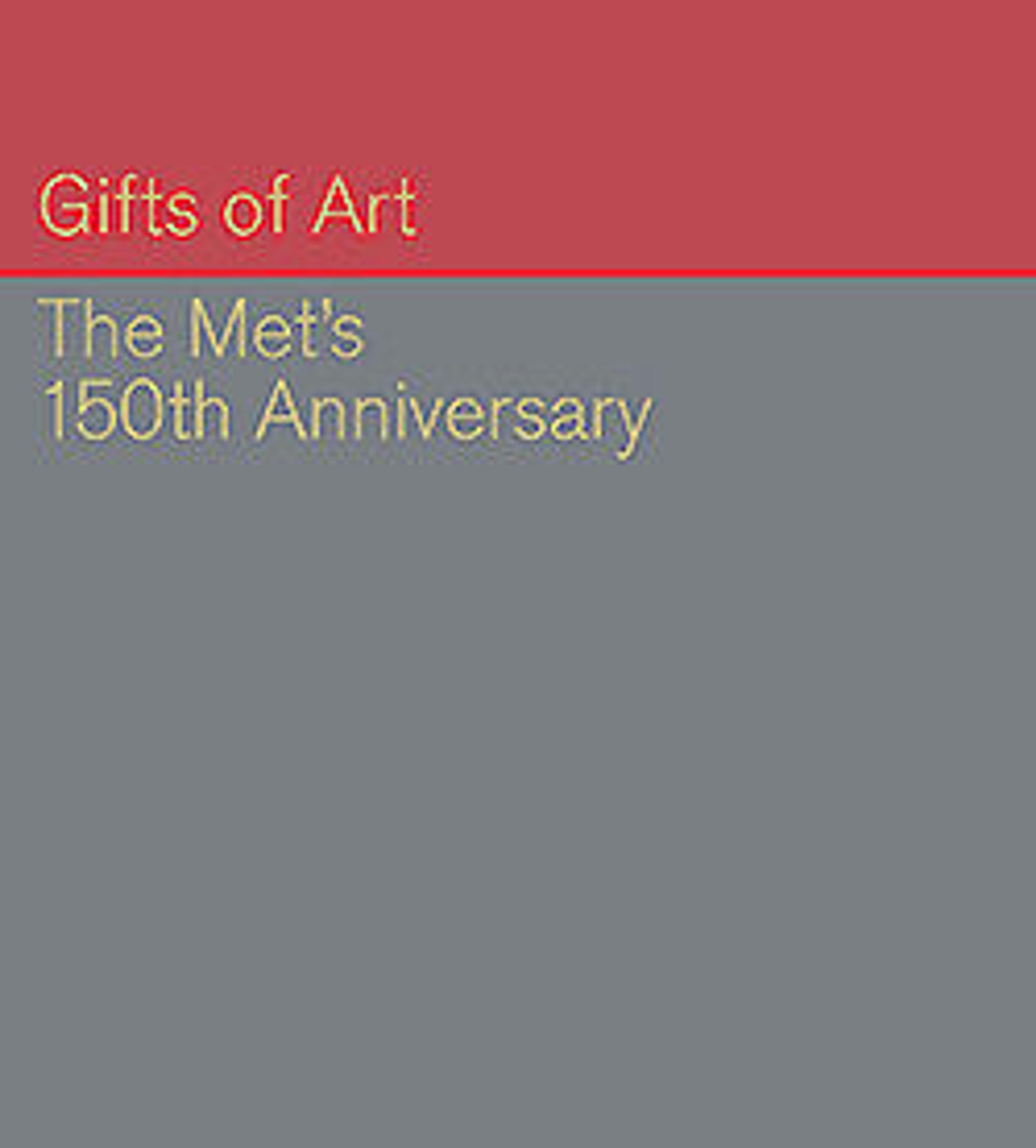A Courtesan and Her Attendants with a Revolving Shadow Lantern
A courtesan and her two young female attendants enjoy watching a type of revolving shadow lantern (mawari dōrō). A spinning wheel was attached to a stick inserted into the middle to act as the spinner. When a candle was lit and placed inside the lantern, the rising air current caused the wheel to spin, which in turn rotated the inner frame and cast a shadow on the outer layer. The revolving lantern consists of an outer frame onto which a thin layer of paper is attached, and inside is a paper cylinder with cut-out shapes of a procession of a courtesan and her entourage. A candle illuminates the cylinder as it is rotated to create optical illusion that the figures are in motion. Here the lantern projects a parading courtesan (shinzō), child attendants (kamuro), and servants (kasha). Though the print is entitled Keisei nayose (names of courtesans), the libretto is actually a playful song incorporating the names of brothel districts.
The print lacks a seal, but the distinctive figure style aligns with that of Okumura Masanobu. The courtesan’s hairstyle indicates that the print was designed in the 1710s or 1720s. This is an example of a tan-e, a type of early print that is hand-colored with an orange-red (tan) pigment as well as yellow, crimson, pale indigo, and green—popular from around 1688 to the 1710s.
The print lacks a seal, but the distinctive figure style aligns with that of Okumura Masanobu. The courtesan’s hairstyle indicates that the print was designed in the 1710s or 1720s. This is an example of a tan-e, a type of early print that is hand-colored with an orange-red (tan) pigment as well as yellow, crimson, pale indigo, and green—popular from around 1688 to the 1710s.
Artwork Details
- 伝奥村政信画 「けいせいなよせ」回り灯籠を見る遊女と禿
- Title: A Courtesan and Her Attendants with a Revolving Shadow Lantern
- Artist: Attributed to Okumura Masanobu (Japanese, 1686–1764)
- Period: Edo period (1615–1868)
- Date: ca. 1715–20
- Culture: Japan
- Medium: Woodblock print (tan-e); ink and hand applied color on two joined sheets of paper
- Dimensions: Image (Vertical ōban): 23 1/2 × 11 3/4 in. (59.7 × 29.8 cm)
- Classification: Prints
- Credit Line: Gift of Lee E. Dirks, in celebration of the Museum's 150th Anniversary, 2019
- Object Number: 2019.447.2
- Curatorial Department: Asian Art
More Artwork
Research Resources
The Met provides unparalleled resources for research and welcomes an international community of students and scholars. The Met's Open Access API is where creators and researchers can connect to the The Met collection. Open Access data and public domain images are available for unrestricted commercial and noncommercial use without permission or fee.
To request images under copyright and other restrictions, please use this Image Request form.
Feedback
We continue to research and examine historical and cultural context for objects in The Met collection. If you have comments or questions about this object record, please contact us using the form below. The Museum looks forward to receiving your comments.
